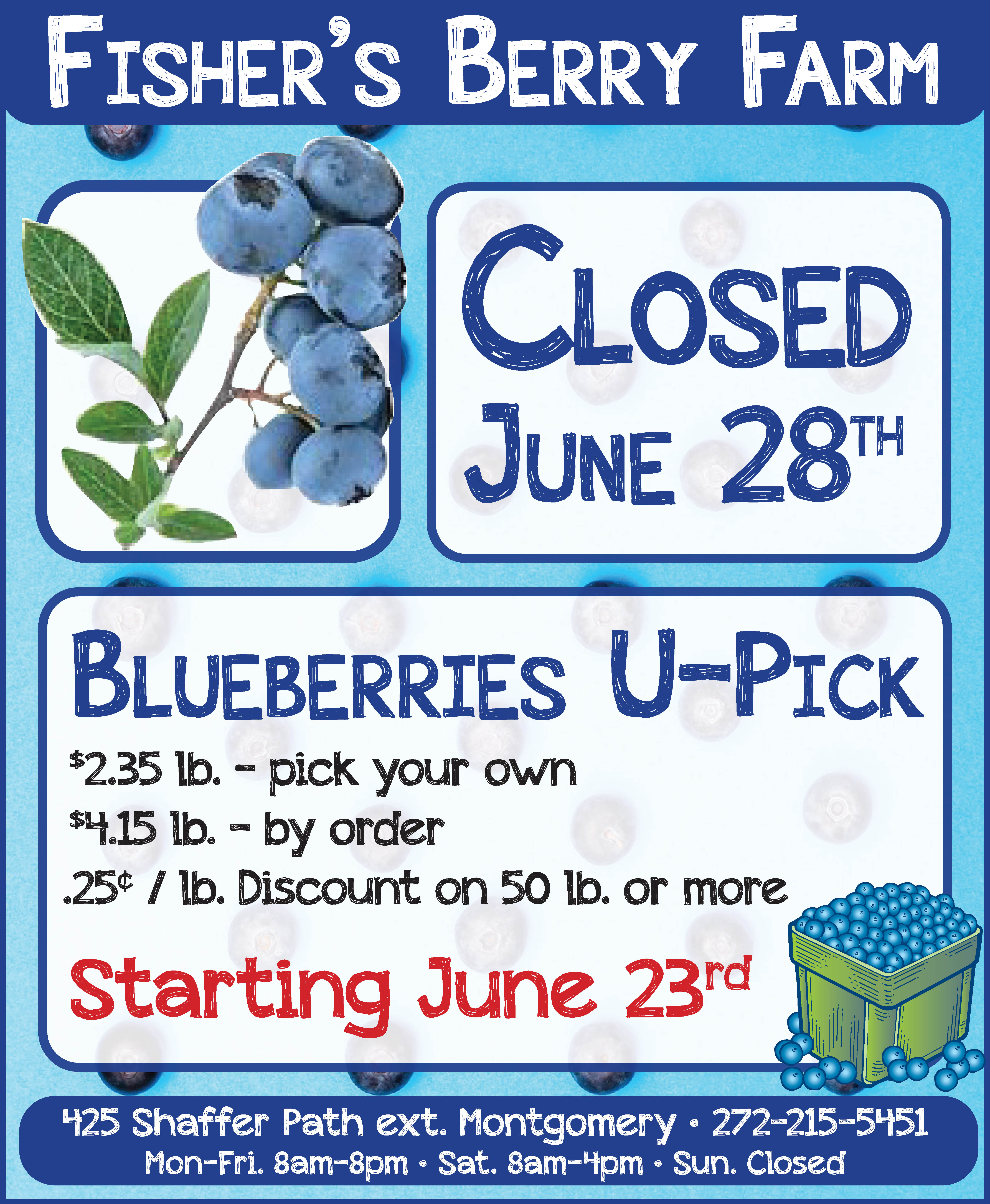We’ve talked about developing a management plan and discussed where to get some great advice in planning and reaching your goals. Now, let’s look at a few projects we can accomplish over the next few months to get things rolling.
FROST SEEDING:
Frost seeding is a process used to either establish a new food plot or replenish an existing one. It is highly effective when planting various types of clover. During the next several weeks and until warmer spring weather settles in, the surface of the ground will tend to freeze and thaw, causing a heaving up and then a settling down of the soil. In a sense, small fissures open and close and allow seeds that lay upon the surface to slowly be taken in by the upper layer of soil. This works very well on smaller food plots and along logging roads or on log landing sites.
Clover seed should be spread at about 10 pounds of seed per acre and can easily be done by using a hand seeder – a bag that has a carrying strap for over your shoulder and broadcasts the seed by use of a hand crank. Once the clover is up and becoming established, the appropriate amount of lime and fertilizer should be top dressed (according to the specifications indicated in a soil sample analysis). Whitetail clover is a good producer in our area, but other varieties are available that are equally beneficial to wildlife.
Before the end of March and following the last snowfall or two is the ideal time to do the frost seeding. With a bit of snow on the ground, it is much easier to see where you have walked while spreading the seed and then parallel your line as you make the next pass. Further, as the snow thaws, and then freezes again – over and over – the seeds are driven into the top of the soil to an optimum depth.
BROWSE CUTTING:
All too often, particularly during the harsher winter weather when deep snows accumulate and layers of ice are interspersed, it can be very difficult for wildlife to dig deeply enough or successfully break through the ice to get the much-needed food that can be scarce in the winter months. If you have an area that you want to develop into a food plot, this is the time of year to drop the trees so that the deer will be able to browse on the buds. The same is true of trees along a logging road or trail that have grown out into the pathway and need to be cut down or trimmed back. These trimmings become a very beneficial food source for deer.
CREATE BRUSH PILES:
Rabbits are always on the lookout for places to duck into when pursued by predators and turkeys, and many songbirds will soon be seeking nesting sites. While you are in the process of cutting browse for deer, it is simple enough to create brush piles that can be used for hiding places or nesting locations. Begin by cutting several logs, anywhere from 4 – 6 feet in length and lay them parallel to each other, with open travel lanes between the logs. Place a second layer of similar sized logs on top of the first layer and lay them perpendicular to the bottom layer. Finally, place several layers of brush and branches on top, making the matting as thick as possible to provide a dense cover for whatever game might adopt the site as a new hideout or home.
MINERAL LICKS:
We often hear tall tales about the big bucks in Illinois, Kansas, and Iowa. One of the factors that produces these big bucks is the food and mineral sources available – not only is there a great deal of agricultural food available, but the soil is rich in minerals as well. If you are in an area that has poorer soil, you might consider putting out mineral blocks or mineral mix for deer. It is something that is beneficial to the growth and development of a deer from the enriched milk of the does and for the healthy development of a fawn, right through to the later years of a deer’s life cycle. Every stage of their life can be enriched by added minerals. Be advised that if are hunting in the area, all minerals, as well as residual material, must be removed 30 days before a hunting season.




Leave a Comment
Your email address will not be published. Required fields are marked with *